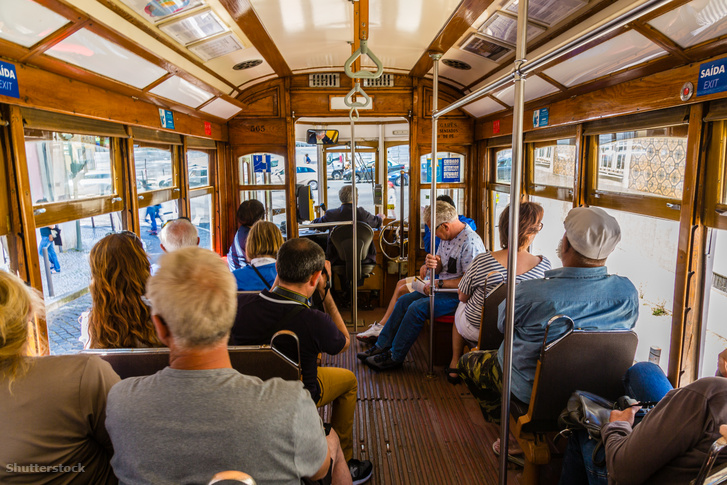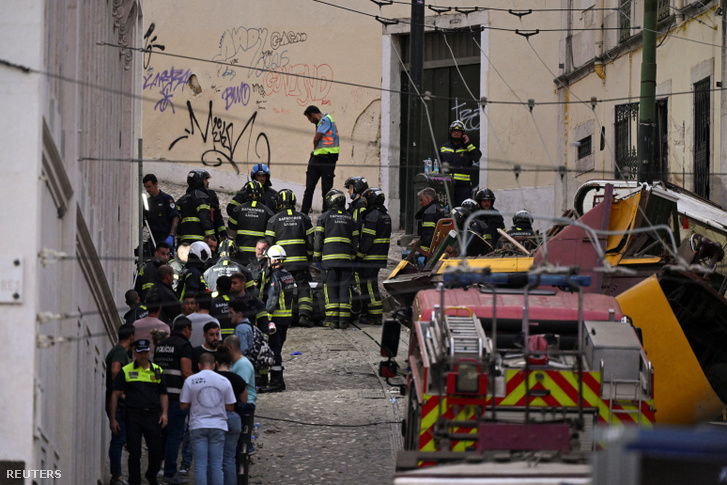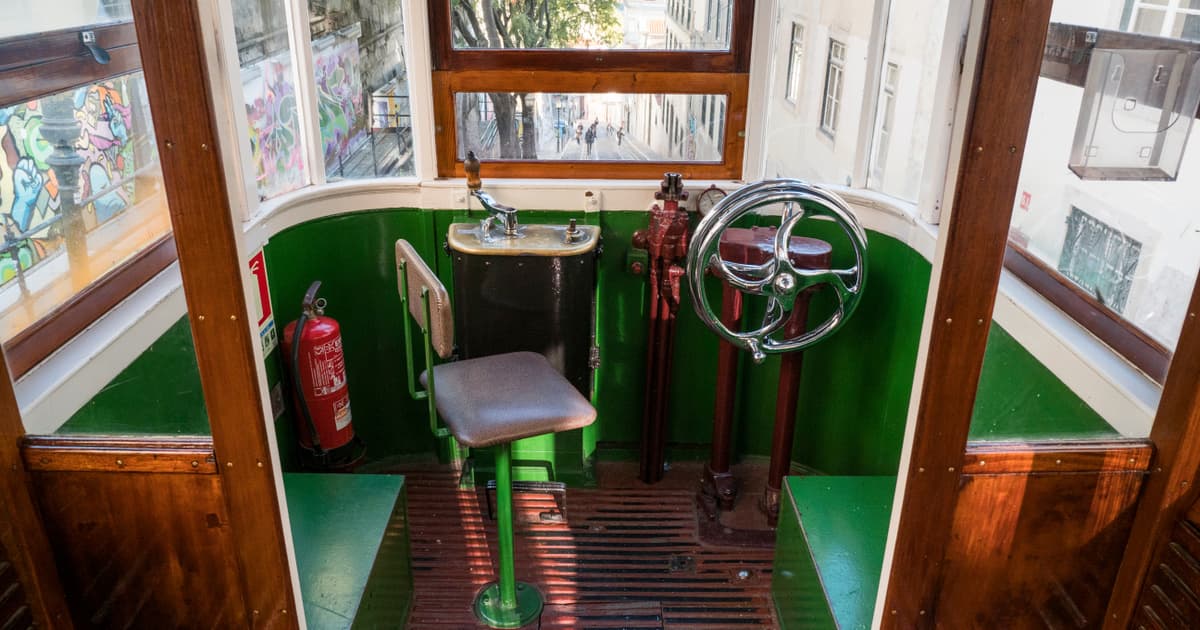Lisbon, the Eternal City, is built on seven hills, similar to Rome, and its historic city center is home to unique means of transportation that transport locals and tourists through steep streets. Among these special vehicles, the
the Elevador da Glória, the city's funicular railway,
which connects the Baixa district with the Bairro Alto district towering above it.
The history of the funicular began in 1875, when the Nova Companhia dos Ascensores Mecanicos de Lisboa was granted a concession to build a tram along Calcada da Glória. The construction was not an easy task, as it had to be built on a steep hillside with a gradient of 17.7 percent between Restauradores Square and the Sao Pedro de Alcantara lookout.
The project was designed by Portuguese engineer Raoul Mesnier du Ponsard, who was of French descent but born in Porto. Mesnier du Ponsard was not only the father of the Glória funicular – he also designed the other two funiculars in Lisbon (Ascensor da Bica and Elevador do Lavra), as well as the Santa Justa lift, and even the Bom Jesus do Monte funicular near Braga.

It has been roaming the streets of Lisbon for 140 years
Construction began in 1882 and it was inaugurated on October 24, 1885. A truly revolutionary solution was used when it was opened: the funicular originally operated with a water counterbalance system. The original water system was extremely ingenious: the tanks on the top of the cars were filled and emptied with water, and gravity caused one car to move downwards while pulling the other upwards. In the early days, during evening trips, the cabins were still lit with candles.
The water system was replaced by steam after a year, which ensured more reliable operation. In September 1915, electrification began, which laid the foundations of the technology that still works today. The special feature of electrification is that traction is provided by electric motors, which are located in the carriages themselves and receive electricity from overhead wires.

In 1926, the Nova Companhia dos Ascensores Mecanicos de Lisboa was dissolved and the funicular became the property of Companhia Carris. The current yellow cars date from the 1920s, when the line was electrified. A year later, the station building on Restauradores Square was built.
From cycling to the top of the charts
The funicular became not only a means of transport, but also a cultural icon: between 1913 and 1926, the Subida a Glória bicycle race was held, in which participants cycled the entire route. The record time in 1926 was 55 seconds, which was only broken in 2013, when the race was restarted.
The history of the funicular is also related to the fact that in 1987 a song was written about it, released by Rádio Macau and stylishly titled O Elevador da Glória. This became the band's best-known composition and is still popular among the Portuguese today.
The September accident was not the first
The technical characteristics of the Lisbon funicular are also impressive, its track is 270 meters long, the cars make the journey in 3 minutes and run every 12 minutes. The line runs on 2 lanes, one going up, the other going down, and they carry about 3 million passengers a year. The interior design of the cars exudes the atmosphere of the industrial era of the past centuries, a real budget model. These vehicles would be in a museum in other cities, but they are still running in Lisbon today.
The operation of the vehicle was not always smooth.
- There was already an accident on the line in 2018: one of the cars derailed due to neglected maintenance, but no one was injured.
The cable car was out of service for a month as a result. Maintenance issues have become a sensitive topic, with the union representing the workers expressing concern about the infrequent repairs, although operator Carris claims that the cable car has been maintained in accordance with requirements and has undergone regular inspections.
However, the worst accident in the last 140 years occurred on September 3, 2025, when a train derailed near Avenida da Liberdade at 6:05 p.m. local time. At least fifteen people died and eighteen were injured in the tragedy, including a German man traveling with his three-year-old son; the child survived the accident, but his father did not.
According to Observador, a cable along the line came loose and broke, causing the cable car to go out of control and crash into a nearby building. According to eyewitness accounts, it “hit a building with brutal force and collapsed like a cardboard box.”

A day of mourning and a lesson learned
The Portuguese government declared a national day of mourning for Thursday and several investigations have been launched into the circumstances of the accident. Carlos Moedas, the mayor of the city, declared that Lisbon was in mourning, a sentiment that was also echoed by Prime Minister Luís Montenegro, and several European leaders expressed their condolences over the tragedy.
The history of the Elevador da Glória, however, is closely linked to the urban development of Lisbon. It took engineering ingenuity in the 19th century to put the funicular into operation, followed by continuous modernization, and it facilitates the transportation of millions of people every year. However, Wednesday's tragedy requires a thorough investigation, but regardless, the vehicle's history continues and continues to serve the traveling public.

